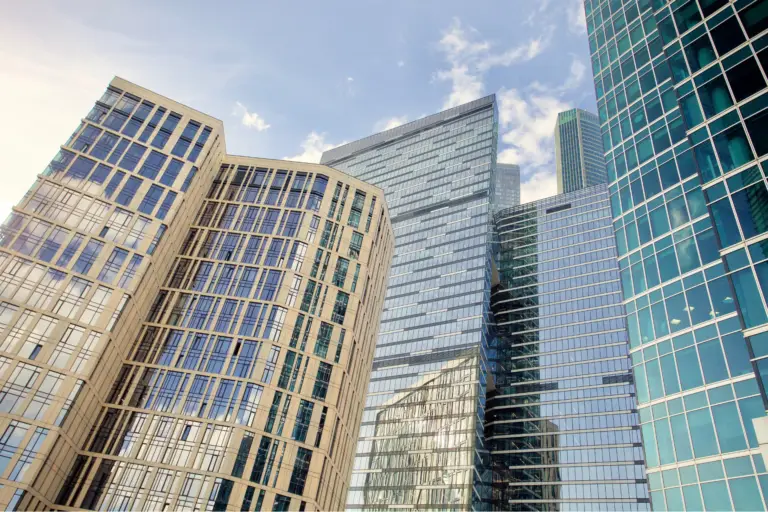The COVID-19 pandemic has had a profound impact on the commercial real estate industry, affecting nearly every aspect of the market. The industry has experienced changes in demand for office, retail, and industrial spaces, along with the rise of remote work. The pandemic has forced commercial real estate professionals to adapt to a new reality, with some changes likely to be permanent.
The pandemic has had a significant impact on office space demand, as companies have had to shift to remote work. Many businesses have realized that remote work is feasible and can lead to cost savings. As a result, some companies have decided to downsize their office space or eliminate it altogether. This trend is likely to continue, especially as more employees demand flexibility in their work arrangements.
The retail sector has also been heavily impacted by the pandemic, as consumer behavior has shifted towards online shopping. Many retailers have been forced to close their physical stores or downsize their retail footprint. This has led to an increase in vacancies in malls and shopping centers. As a result, landlords are now offering more flexible lease terms and rent concessions to attract tenants.
The industrial real estate market, on the other hand, has seen an increase in demand due to the growth of e-commerce. As more consumers shop online, the demand for warehouse and distribution facilities has surged. This has led to an increase in construction of new industrial buildings and a rise in rental rates.
The pandemic has also accelerated the adoption of technology in the commercial real estate industry. Virtual tours, 3D renderings, and online lease signings have become more commonplace, as in-person interactions have been limited. This shift towards digitalization is likely to continue, even as the pandemic subsides.
Another impact of the pandemic has been the rise of ESG (Environmental, Social, and Governance) considerations in commercial real estate. Investors and tenants are increasingly interested in sustainable and socially responsible buildings. This has led to a surge in demand for green buildings and an increase in investment in sustainability initiatives.
In conclusion, the COVID-19 pandemic has had a significant impact on the commercial real estate industry, with changes in demand for office, retail, and industrial spaces, along with the rise of remote work. The industry has been forced to adapt to a new reality, with some changes likely to be permanent. While the pandemic has brought about many challenges, it has also presented opportunities for the industry to evolve and innovate.
For a free consultation including free conceptual floor plans please give us a call at (858) 269-9235 or click HERE to complete our Contact Us form.




